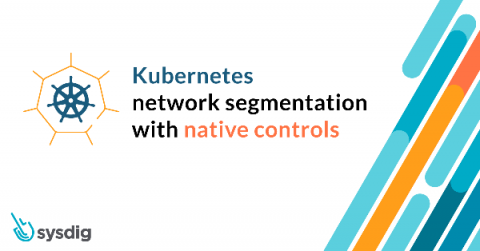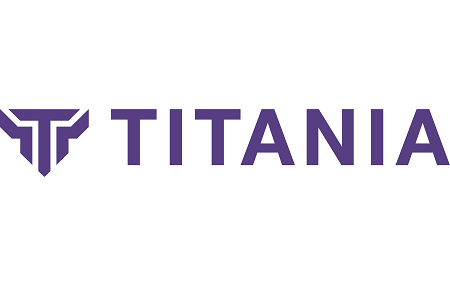How to Safely Integrate Networks During Mergers and Acquisitions
I recently published a piece in Dark Reading covering the network security challenges of M&A activity. As we ease the restrictions put in place to combat COVID-19, we’re expecting to see business activity including M&A pick up speed, it’s important that the implications of integrating networks are fully understood to ensure that the expected business benefits are achieved as soon as possible.











